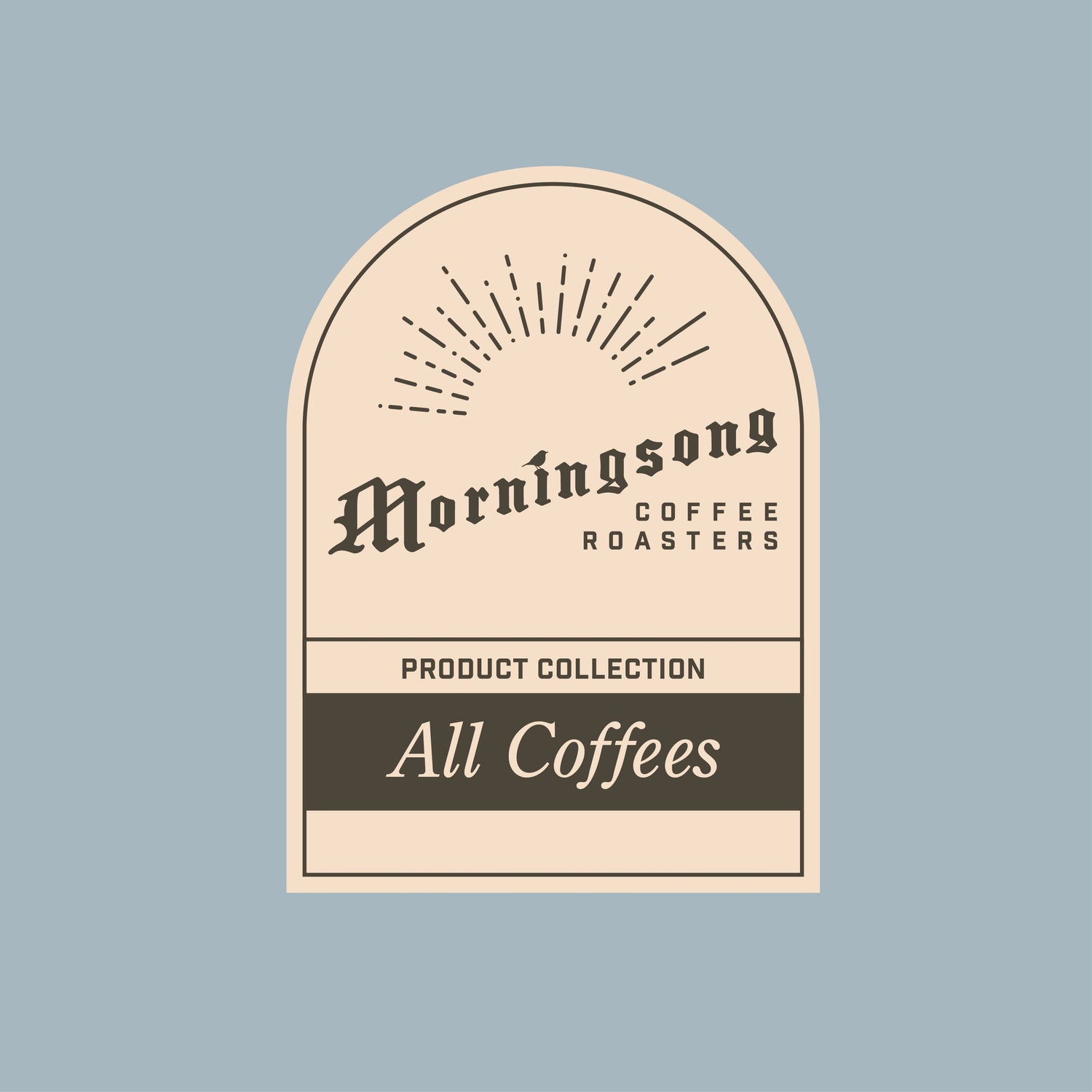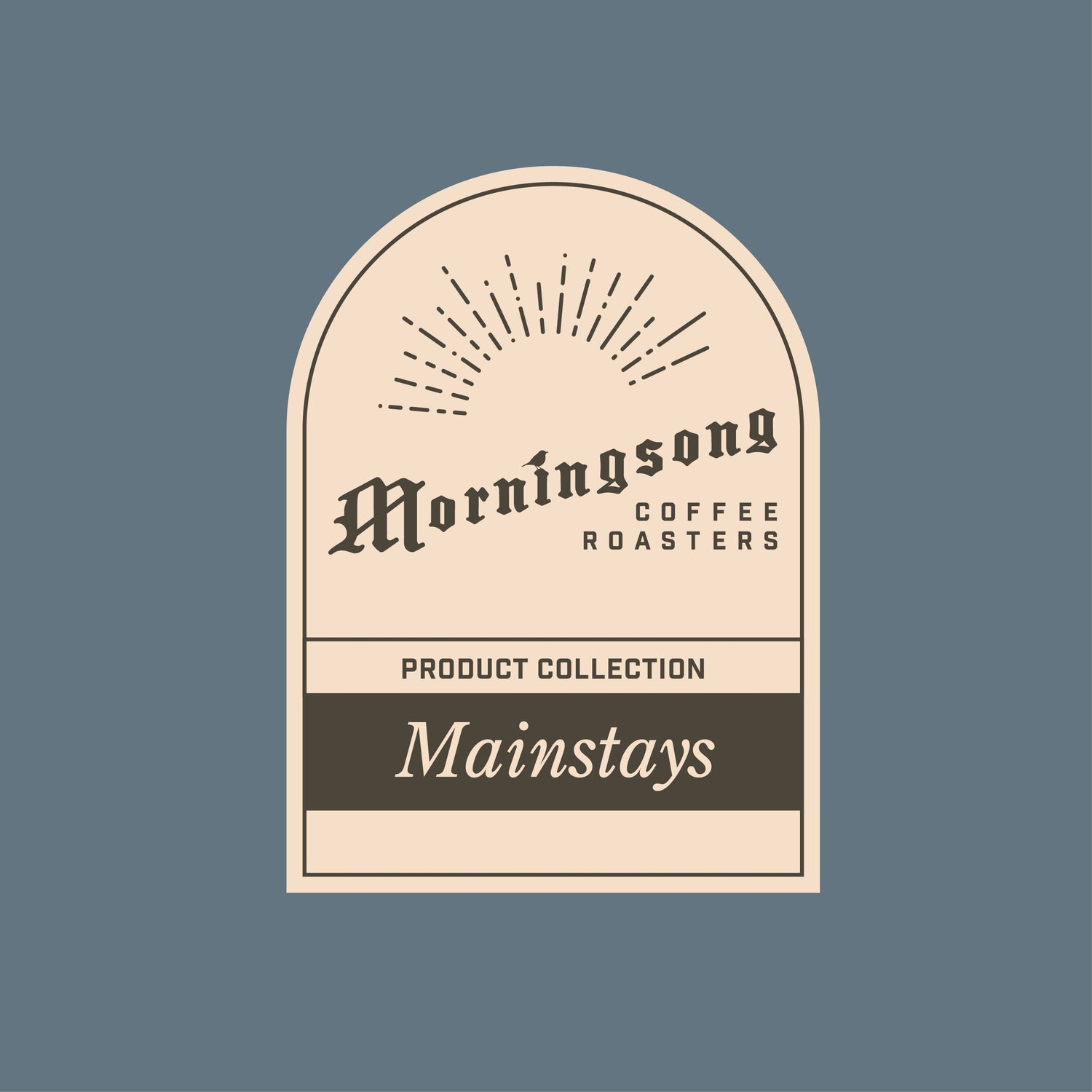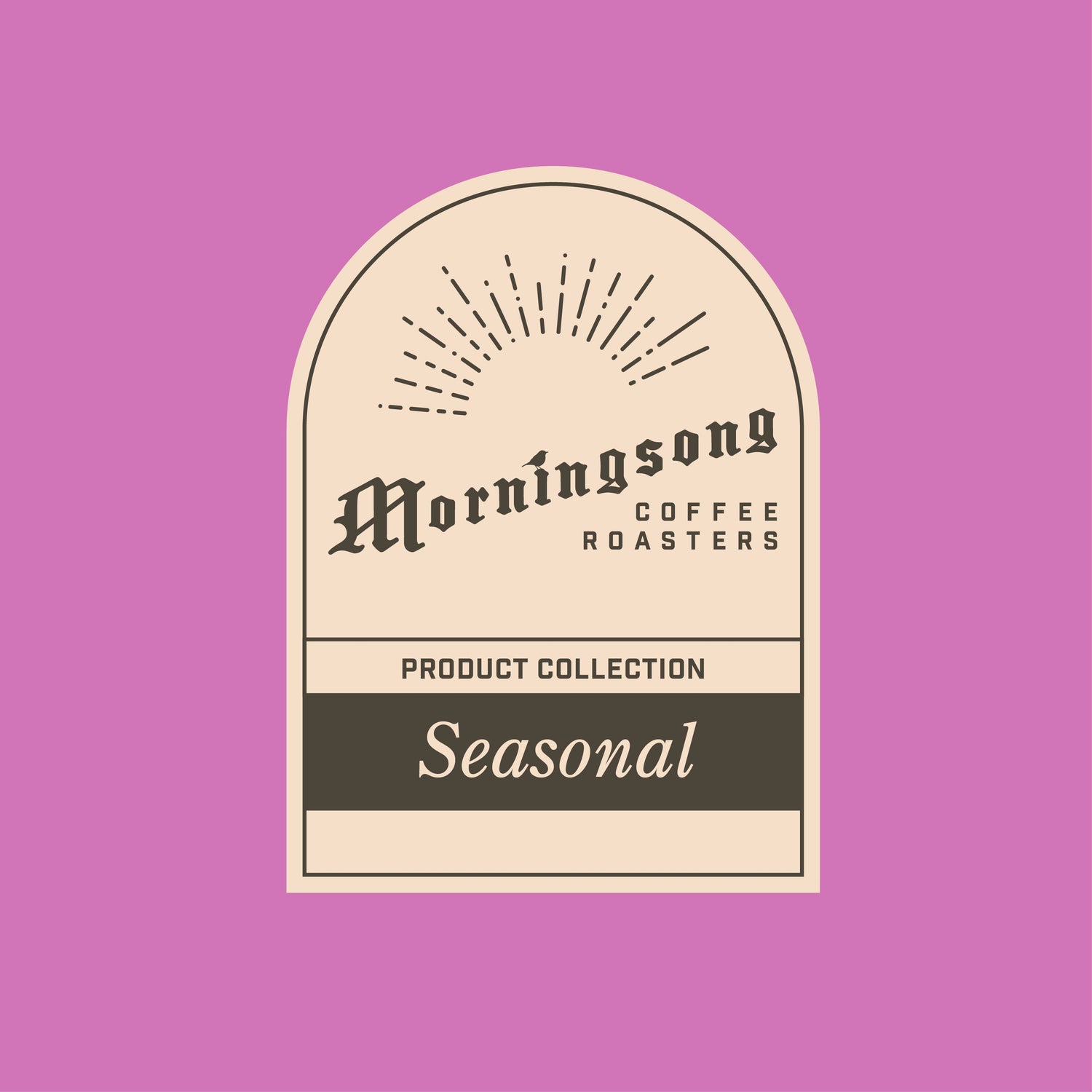
Our Coffee Process
Andrew GrassmickShare
STEP 01: SOURCING, SAMPLE ROASTING, AND CUPPING
The first step toward extraordinary coffee for Morningsong is finding the best ingredients. For us, that means green coffee seeds. Unlike many other products, coffee requires extra effort and a few more steps before you can evaluate it properly and select the best ones. We carefully sample roast many different coffees and evaluate them in the cupping process to find the best ones. If these steps aren’t done meticulously on a constant basis, it’s unlikely you’ll get exceptional coffee.
We take several physical readings on coffees before sample roasting them that can be helpful in the selection process but also inform what to shoot for in the sample roasting process. We apply this information as well as roasting expertise to the coffee samples so that the roast is one that properly exposes anything that may be wrong with the coffee but also highlights the good qualities.



The day after sample roasting, we evaluate the coffees all at once in a process called cupping. This entails measuring out a very precise amount of each coffee, evaluating the smell of the ground coffee (dry fragrance) and pouring a very precise amount of water into each cup. Wet coffee grounds rise to the top of the cup forming what is called the “crust”.


Four minutes after pouring, we break through the crust with a spoon in a consistent way for each cup. The grounds sink to the bottom, and we skim off any coffee foam that remains on the surface. After they have cooled down to a palatable temperature, we use a spoon to taste each coffee…writing down notes and scores pertaining to any possible defects as well as coffee characteristics like cleanliness, acidity, sweetness, body, and other tertiary tasting notes. We make multiple passes so each coffee is tasted at different temperatures. As coffee cools, its true colors come out…whether that be good or bad.
We are constantly cupping coffees throughout the year based on what coffees are in season. Only the clearest, sweetest, and most complex coffees make the Morningsong menu.




STEP 02: PRODUCTION ROASTING
Once a coffee has passed all the tests, we purchase as much as we can. Often, this is before the coffee has left its country of origin. It is usually several months after harvest before the coffee arrives to us.
Once it does, we apply some of the same physical readings as before to ensure quality and to inform our approach to roasting it. Moisture, screen size (the size of the beans), bean shape, density, and processing all affect the way a coffee behaves in the roaster. We take that information and formulate a profile so make sure the coffee tastes as sweet and complex as it can be.
In very general terms, that means making sure the inside of the beans are roasted just enough without over-roasting the outside of the beans. This seems simple enough but all of those variables mentioned before make it so every coffee has very different needs in order to achieve this.





We use roasting software to track roast profiles in real-time and make second-by-second changes for much of the time. This is not a set-it-and-forget-it thing. Additionally, coffee and other variables like weather change how coffee roasts as well so all of these variables are shifting constantly.
We are constantly adjusting and honing our profiles so that each coffee is consistently delicious.


STEP 03: COMPLETING THE FEEDBACK LOOP
We take a small sample of every batch that we roast and cup it in the exact same way as was described in step one. The only difference is that the coffees are cupped for quality control purposes this time instead of for selection.
We evaluate the coffee in the same way, but we take that assessment and apply it to making the coffee taste better. We can look back at graphs of each coffee we roasted and our assessment of it in order to make the appropriate adjustment to the following roast to make it better and better each time until it is “dialed in” and stays that way.
In this step, there really is no substitute for an experienced and discerning palate. A roaster/cupper must know what taste characteristics correlate to what took place during the roasting process and what changes will achieve the best result. While it is not rocket science, it takes a lot of resources to do this day in and day out. It also demands that we be our harshest critics if we really do want to roast the best coffee possible.
We believe it’s worth it and we think you’ll know the difference when you taste it.










